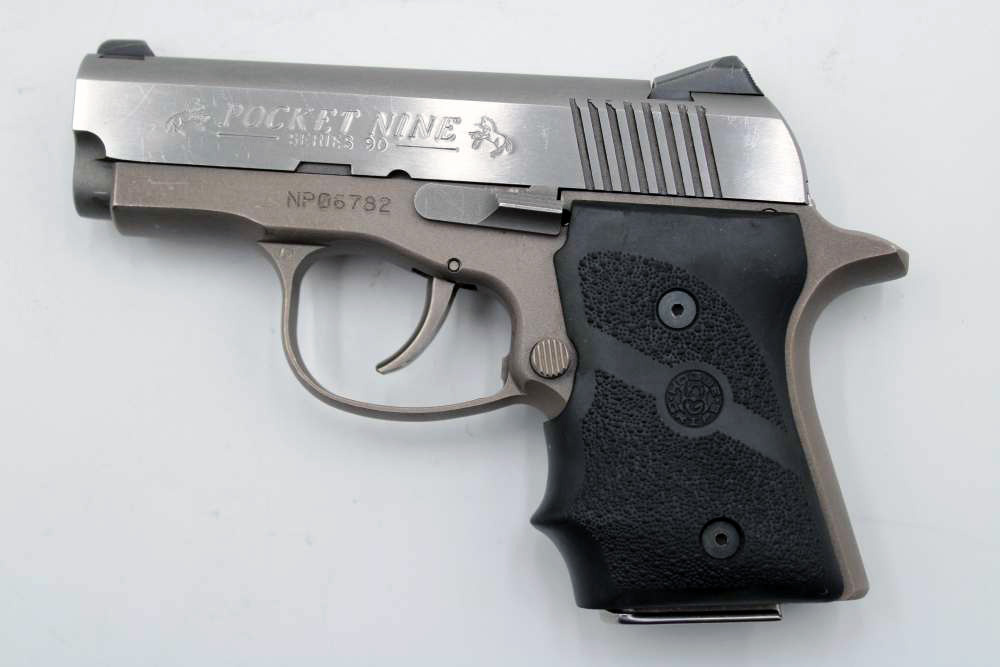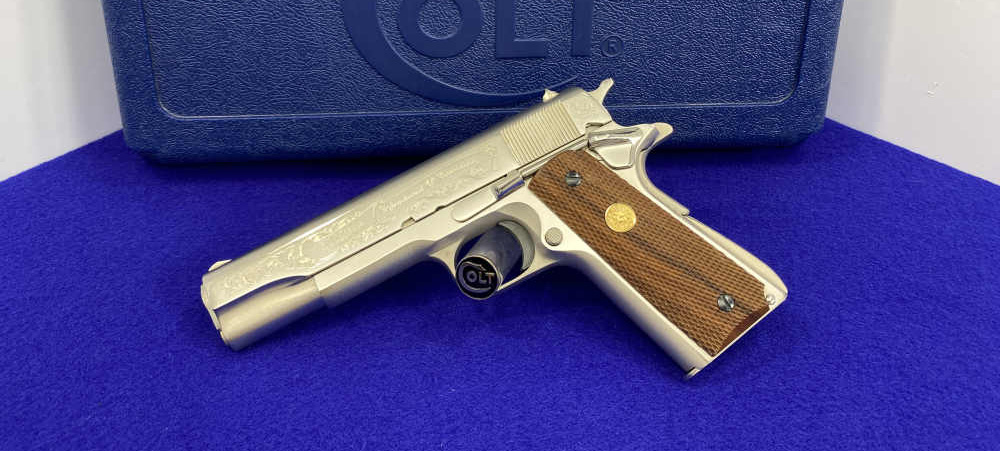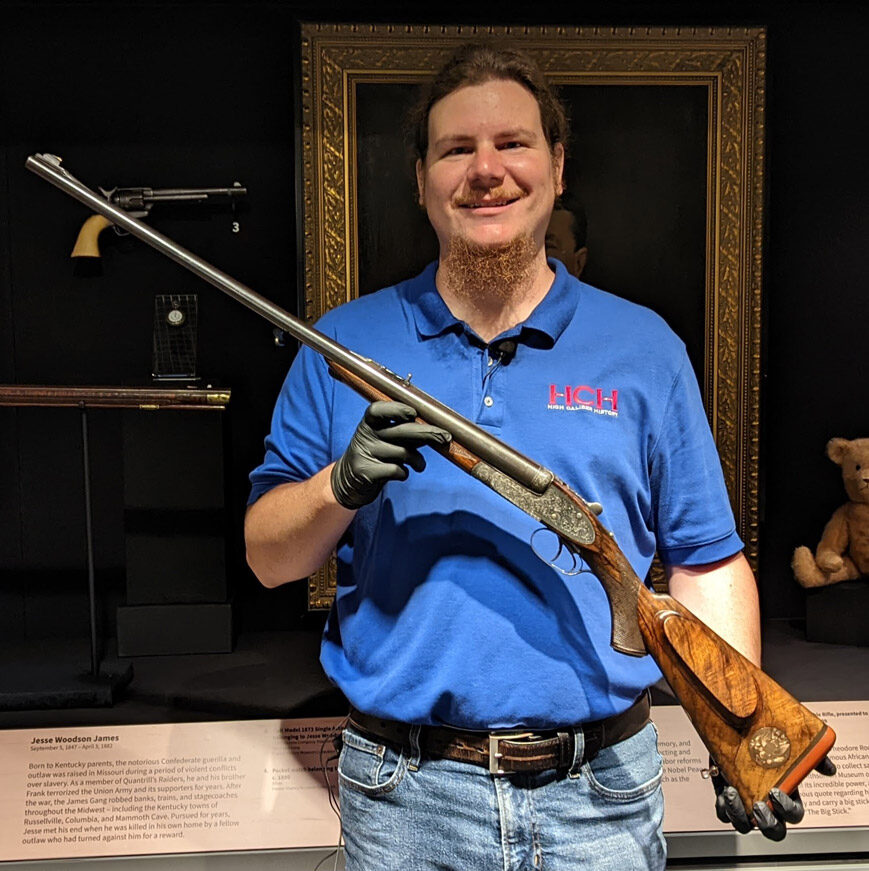
When someone mentions the Colt 1911, chances are you’re picturing the iconic slab-sided pistol that’s been in continuous production for over a century. For most, the general silhouette of the gun is all they really need to know. But if you’re venturing into collecting, you’ll undoubtedly want to know about the Colt 1911 Series 70, 80 and 90 models. You also want to know how they are alike and different. Let’s take a closer look at how each series evolved, what they offer, and why they matter to shooters and collectors alike.
Series 70: The Return to Glory
Introduced in 1970, the Colt Series 70 marked a pivotal return to civilian-focused production after the wartime boom. The most notable change was the addition of a collet-style barrel bushing, which was an attempt to improve accuracy by ensuring a tighter lockup at the muzzle. This was a factory alternative to match-grade upgrades that typically had to be done by skilled gunsmiths.
What really makes the Series 70 shine in collectors’ and shooters’ eyes is what it doesn’t have: a firing pin safety. This means a cleaner trigger pull, which is an important detail for purists and competitive shooters who prefer the crispness of the original Browning design. The Series 70 guns have that classic feel, but it eventually gave way to a new series. (Spoiler alert: they’ve since gone back to the beloved Series 70.)

Series 80: The Safety Controversy
Fast-forward to 1983, and Colt rolled out the Series 80. This design introduced a mechanical firing pin safety that’s actuated by the trigger. Colt wasn’t just trying to be cautious. The company was staying ahead of liability concerns and adapting to changing safety expectations, especially for law enforcement markets.
The tradeoff? A slightly more complex mechanism that can affect trigger feel. If you’re a truly nuanced shooter, then you may notice a less pleasant trigger experience in the Series 80 than with the Series 70. For most shooters, the difference is negligible. For high-end collectors or purists, though, it can be a sticking point. Internally, Series 80 pistols have extra levers that interrupt the simplicity of the earlier design. Some custom builders avoid them for this reason, preferring the cleaner geometry of the Series 70. That said, Series 80 models are reliable, safe and still very much “real Colts.”
Series 90: The Odd One Out
Here’s where things get interesting and often misunderstood. The Series 90 label refers to Colt’s foray into a line of double-action-only (DAO) pistols chambered in 9mm. That’s where the Pocket Nine in the July Collection enters the picture. When it comes down to it, the Pocket Nine isn’t a true 1911 at all. While it borrowed the 1911’s basic silhouette and some internal architecture, it’s a double-action pistol with an internal hammer and different trigger geometry.
Guns in the Series 90, like the Pocket Nine, never quite caught on. They lack the single-action magic and crisp break that makes a 1911 loved. For collectors, they’re niche pieces that some people just have to have.
Made with a stainless-steel slide and an aluminum alloy frame, this particular Pocket Nine was made in 1999, making it one of the final vestiges of Colt’s 20th Century offerings. All told, no more than 5,000 were made, so this piece is destined to become even more of a collector’s item.
Colt 1911 Series
If you’re building a Colt collection or simply trying to decide what to shoot, the Series 70 delivers vintage feel and collector-grade aesthetics. The Series 80 offers practical safety upgrades for peace of mind, especially for carry. The Series 90? That’s one for the oddball lovers and collection completionists.
Each series tells a story about Colt, about the gun market and about the ever-shifting balance between tradition and innovation. Don’t miss your chance to be a part of that story and place your bids on the Pocket Nine from the Series 90 in the July collection.
About the Author
-
Logan Metesh is an arms historian with a focus on history and development. He has a degree in historic preservation and has worked for the National Park Service and the Smithsonian Institution. The ease with which he can recall obscure historical facts and figures makes him very good at Jeopardy!, but exceptionally bad at geometry. Over the years, he has contributed to multiple books and written hundreds of articles for different publications. He is the owner of High Caliber History LLC and the host of the No Lowballers Podcast.
View all posts
